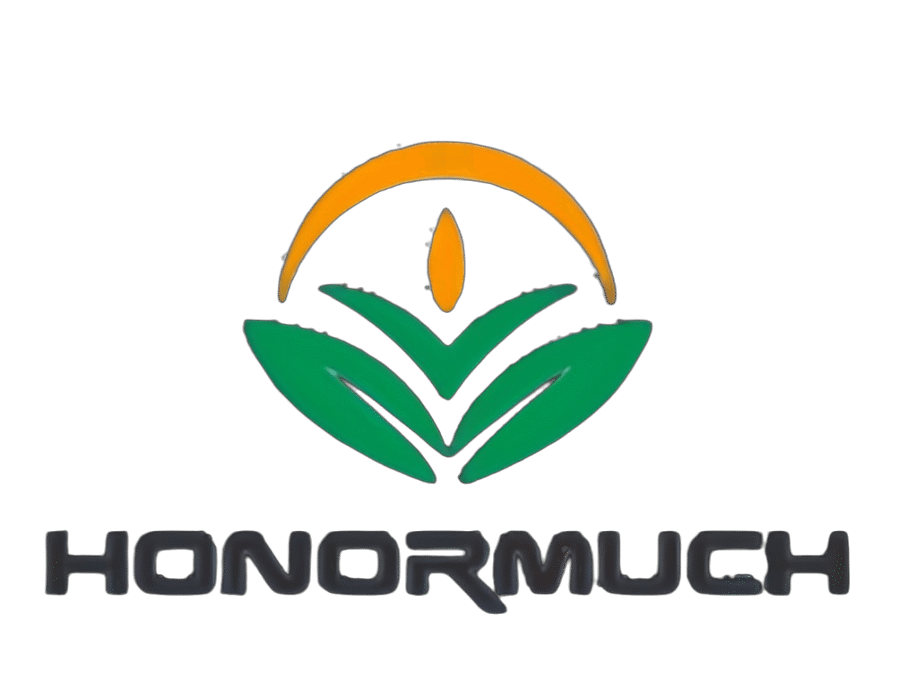Curing principle of acrylic sealant
Curing principle of acrylic sealant
The curing mechanisms of acrylic sealants can be broadly categorized into two types: physical curing and chemical crosslinking. This depends on the sealant’s formulation (primarily solvent-based or emulsion-based).
1. Physical Curing (Most Common, Applicable to Solvent-Based and Emulsion-Based Acrylic Sealant)
This is the primary curing method for most general-purpose acrylic sealants, particularly construction caulking sealants. Its core principle is the volatilization of volatile components and the coalescence and fusion of polymer particles.
Curing Process:
Applying: The liquid or paste sealant is extruded and applied to the joint.
Volatilization/Evaporation: The volatile components in the sealant begin to escape into the air.
Solvent-Based: Volatile organic solvents (such as toluene, xylene, and ketones) evaporate.
Emulsion-Based (Water-Based): Water (as the dispersion medium) evaporates.
Increased Concentration and Particle Proximity: As the volatile components decrease, the concentration of solid polymer (acrylate copolymer) in the sealant gradually increases. In an emulsion-based film, polymer latex particles suspended in water move closer together as the water evaporates.
Coalescence and Fusion: When the volatile components are reduced to a certain level:
Solvent-based films: As the solvent evaporates, the polymer molecular chains dissolved in the solvent gradually move closer together and become entangled, ultimately forming a dense solid polymer matrix.
Emulsion-based films: The latex particles are densely packed. When the water has largely evaporated, the emulsifier barrier on the surface of the latex particles is broken. Capillary forces and surface tension cause the particles to deform and fuse together (coalescence), ultimately forming a continuous, uniform, and elastic polymer film.
Hydrogen Bonding: Acrylic polymer chains typically contain polar groups (such as carboxyl -COOH). After coalescence and fusion, these groups can form hydrogen bonds with each other or with the substrate surface, further enhancing cohesion and adhesion.
Features:
Mainly Physical Change: The change is primarily a physical state change (liquid/paste -> solid), without any large-scale chemical reactions forming new bonds (except for possible hydrogen bonds).
Reversibility (Limited): If a cured colloid is re-exposed to its original solvent or a strong solvent, it may partially dissolve or swell (this is more pronounced with solvent-based colloids, while emulsion-based colloids have slightly better solvent resistance).
Shrinkage: Due to the loss of volatile components during the curing process, the volume will shrink to a certain extent (solvent-based colloids generally shrink more than emulsion-based colloids).
Environmental Dependency: The curing rate is highly dependent on ambient temperature, humidity, and ventilation conditions. High temperatures, low humidity, and good ventilation accelerate curing; low temperatures, high humidity, and poor ventilation slow it down.
Open Time: During the initial volatilization phase, the surface of the colloid remains tacky, allowing it to attract dust and be modified. This period is called the open time.
2. Chemical Crosslinking Cure (for Specially Formulated Acrylic Sealants)
Some high-performance or special-purpose acrylic sealants incorporate a chemical crosslinking mechanism. This chemical reaction forms a covalent bond network between the polymer chains, significantly improving the colloid’s heat resistance, solvent resistance, creep resistance, and mechanical strength. Common crosslinking methods include:
Metal ion crosslinking:
Functional groups (primarily carboxyl groups -COOH) that react with polyvalent metal ions (such as zinc Zn²⁺ and aluminum Al³⁺) are introduced into the polymer chain.
During cure, added metal oxides (such as zinc oxide ZnO) or metal salts react with the carboxyl groups, forming ionic crosslinks (such as -COO⁻…Zn²⁺…⁻OOC-).
This crosslinking is relatively slow at room temperature, potentially taking days or even weeks to fully develop, and sometimes requires heating to accelerate. It provides better heat resistance and sag resistance than purely physical curing.
Other crosslinking mechanisms:
Some formulations may utilize silane modification (similar to the crosslinking of silicone or MS adhesives), where hydrolyzable alkoxysilane groups are grafted onto the ends or side chains of the acrylic acid chains. During cure, the silane groups hydrolyze and condense to form Si-O-Si bonds, which crosslink the polymer. The silanes also form chemical bonds with the substrate surface, significantly improving adhesion and weather resistance.
Other methods include using peroxide-induced free radical crosslinking and epoxy crosslinking, but these are relatively uncommon.
Summary
Mainstream products (construction caulking, general-purpose sealants): Most utilize physical curing principles. Solvent-based adhesives rely on solvent evaporation and molecular chain entanglement; emulsion-based (water-based) adhesives rely on water evaporation and latex particle coalescence and fusion. After curing, the adhesive primarily relies on molecular chain entanglement, van der Waals forces, and hydrogen bonding to maintain solidity and adhesion.
High-performance/specialty products: Some formulations incorporate chemical crosslinking (such as metal ion crosslinking and silane crosslinking) to significantly enhance heat resistance, solvent resistance, creep resistance, and other properties by forming covalent or ionic bond networks. These adhesives may cure more slowly, but ultimately offer better performance.
Key factors influencing curing speed:
Temperature: Higher temperatures increase volatilization and molecular motion, resulting in faster curing.
Humidity:
For solvent-based adhesives: Low humidity facilitates solvent evaporation.
For emulsion-based adhesives: High humidity hinders water evaporation, significantly slowing curing; low humidity accelerates curing.
For chemically crosslinked sealants (such as silane crosslinkers), a certain level of humidity is required for the hydrolysis-condensation reaction.
Ventilation: Good ventilation can remove volatile components and accelerate cure (especially for solvent-based and emulsion-based sealants).
Joint Design/Adhesive Thickness: Thick sealants have long escape paths for volatiles and slow cure; deep, narrow joints have poor ventilation and also slow cure.
Substrate: Porous substrates may absorb some volatile components or moisture, which may accelerate cure but may also lead to adhesive defects. Non-porous substrates rely entirely on surface evaporation.
Understanding the curing mechanism is crucial for selecting the correct sealant type, ensuring proper application (such as controlling thickness and paying attention to environmental conditions), and predicting performance.
